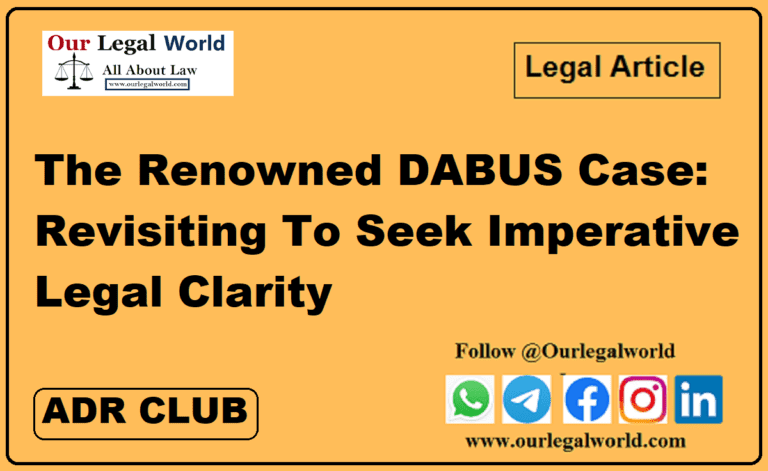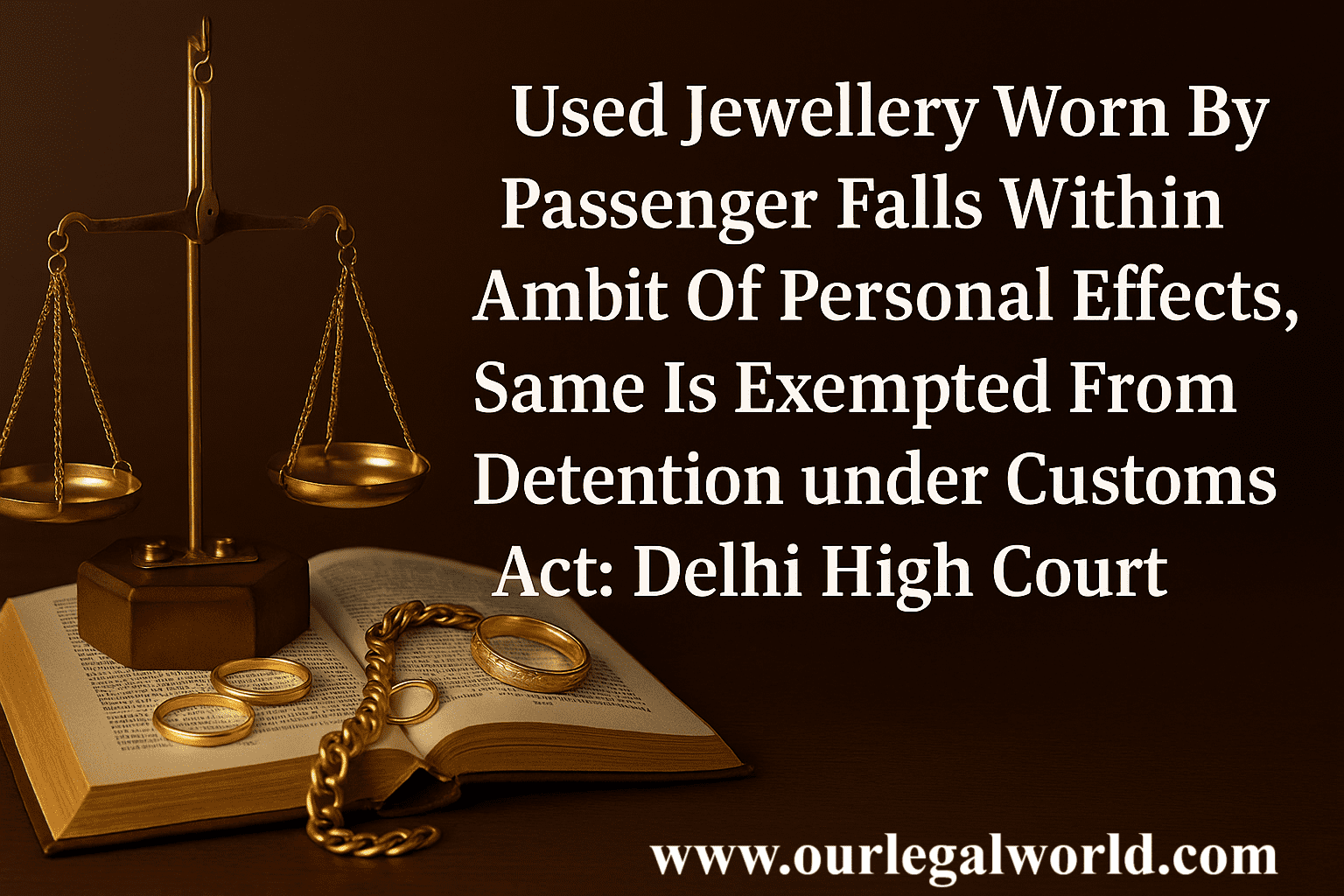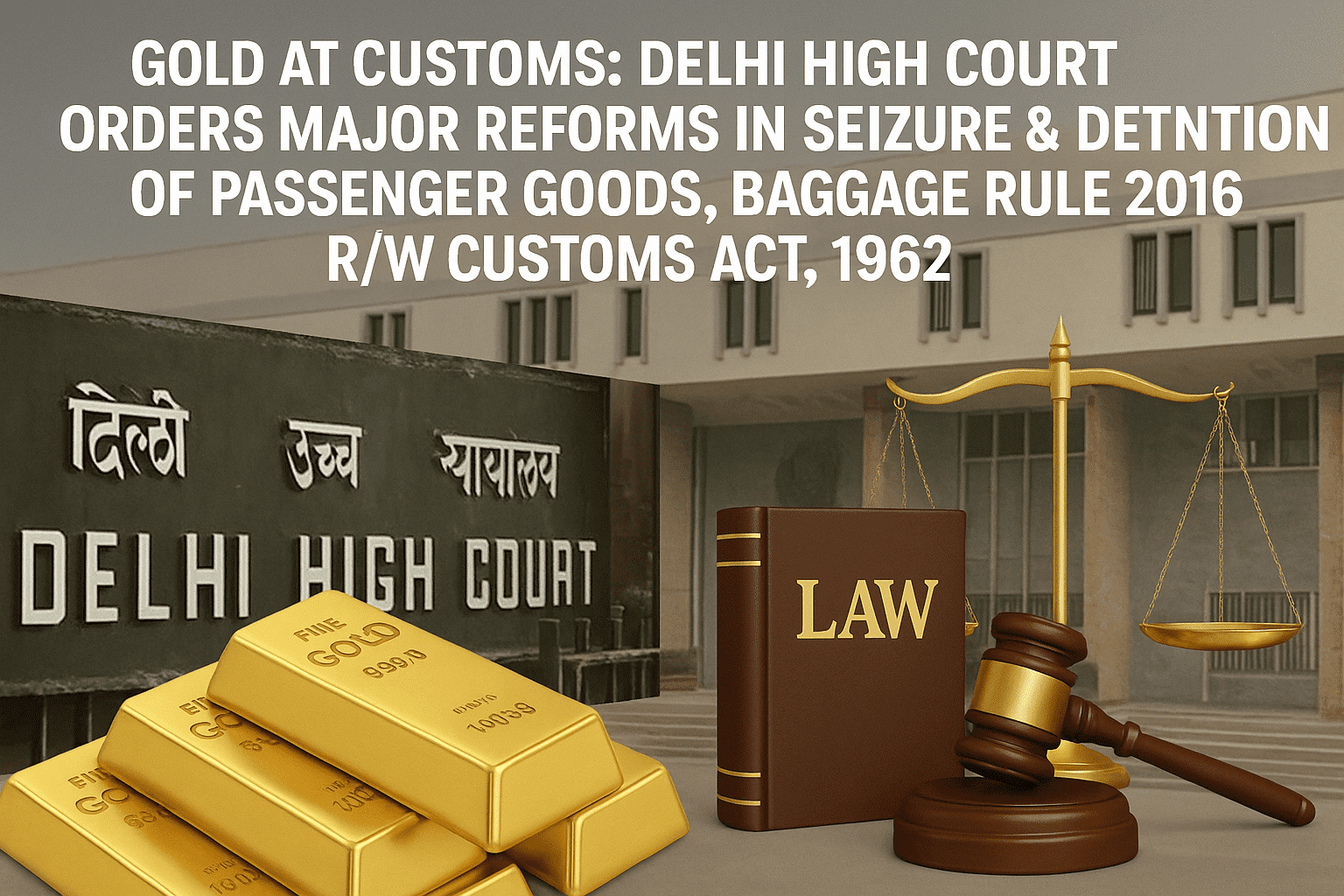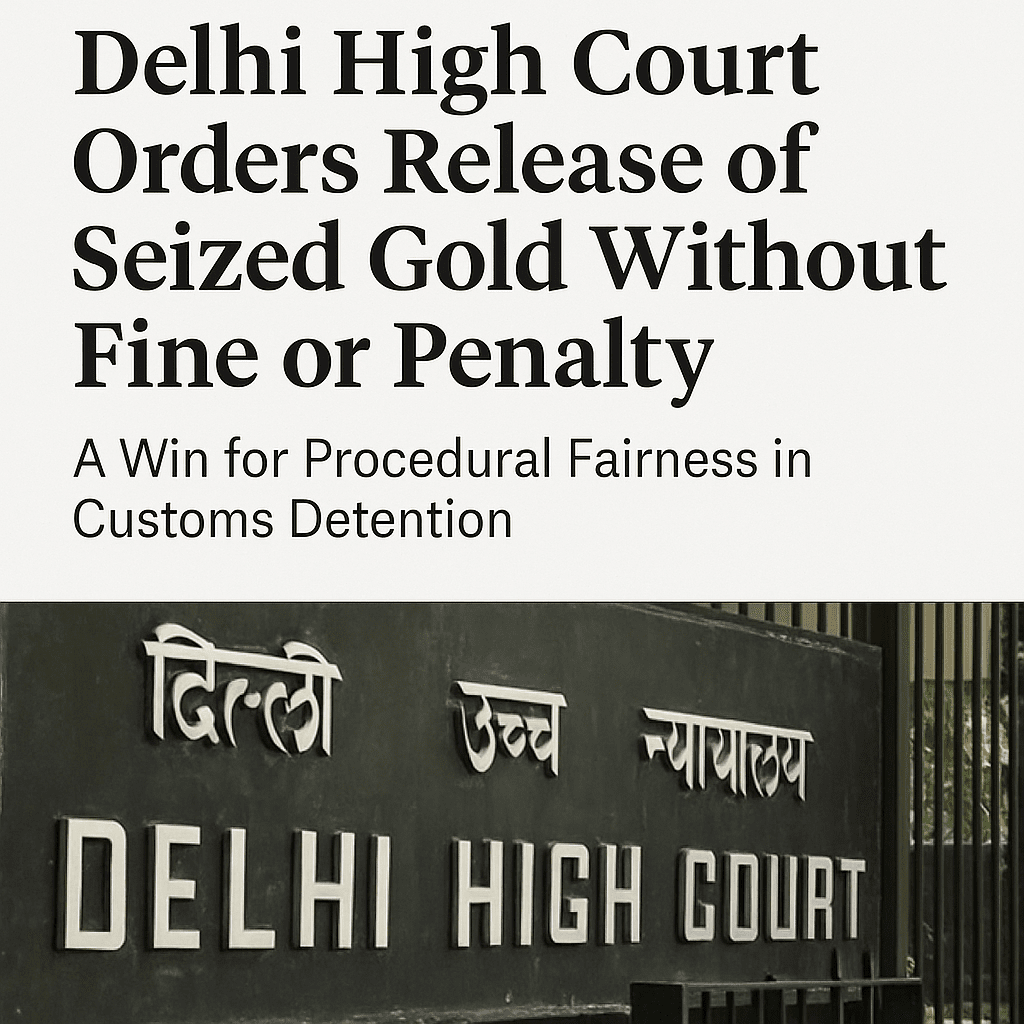Common Cause vs. Union of India 2018 [Passive Euthanasia]: Case Analysis
In the Supreme Court of India
Civil original jurisdiction
Case No.
Writ petition (Civil) No. 215 of 2005
Petitioner
Common Cause and Anr.
Respondent
Union of India anr.
Date of Judgement
Decided on March 9th, 2018
Bench
Dipak Misra, CJI; Justice A.K Sikri; Justice D. Y Chandrachud; Justice Ashok Bhushan & Justice A.M Khanwilkar
In the Supreme Court of India Civil original jurisdiction Case No. Writ petition (Civil) No. 215 of 2005 Petitioner Common Cause and Anr. Respondent Union of India anr. Date of Judgement Decided on March 9th, 2018 Bench Dipak Misra, CJI; Justice A.K Sikri; Justice D. Y Chandrachud; Justice Ashok Bhushan & Justice A.M Khanwilkar
INTRODUCTION
Recognition of human autonomy as an aspect of Article 21 would undoubtedly have a variety of already obvious consequences. The Apex Court’s recent judgment in the Common Cause (A Regd. Society) v. Union of India is an ode to individual autonomy as it has allowed citizens to draw living wills and authorizations from lawyers which would signify a person’s decision to discontinue care if they are in a terminally ill or permanent vegetative state.
FACTS
In 2005, a registered NGO filed PIL in the Supreme Court to legalize living will and passive euthanasia under Art.32 of the Indian constitution. Before this, the registered society wrote letters about passive euthanasia to the Ministry of Law and Justice, the Ministry of Health and Family Welfare. The petitioners did not receive a response from the government and therefore filed the PIL. The petitioner’s contended that the right to live with dignity is the privilege of a person before his death so that the privilege to have a dignified death can also be expanded to include it.And that modern technology has developed a condition in which the patient’s life is unnecessarily prolonged and causes pain and anguish to the patient as well as relative.
Furthermore, the petitioners contended for legalizing living wills whereby a person experiencing chronic pain and distress could write about medical care and allow the family to stop it.
ISSUES
- Whether the right to die includes Article 21 of the Constitution which guarantees the right to life?
- Whether passive euthanasia on a patient’s will to die should be allowed?
- Whether there’s any difference in active euthanasia and passive euthanasia?
- Whether a person has the right to refuse medical care, including removal from life-saving equipment
ARGUMENTS IN FAVOUR OF PETITIONERS:
- Through citizen has a right to self-determination, and should, therefore, be able to choose their own destiny.
- Modern medical science has found too many medications and medicines that prolong life unnecessarily, causing patients and their families a lot of pain and anguish.
- Rather than being in constant pain and suffering, it is easier to die using medication that does not relieve but prolongs patient lives.
- In cases of the incurable, degenerative, disabled, or crippling condition, a person should be permitted to die in peace as the mercy petition is filed by the sufferers, family members, or any other caretakers in most cases. The strain on the family is so enormous and it cuts through various realms such as economy, emotional, energy, physical, mental, and social.
- The right to reject medical care, even medical treatment that maintains or prolongs life, is well known in law. The right to refuse care is giving way to passive euthanasia.
- Euthanasia in terminally ill patients provides an opportunity to lobby for organ donation. In effect, this will benefit many patients who have organ failure waiting for transplantation. Passive euthanasia not only grants an adult the ‘right to die’ for terminally ill patients but also the ‘right to life’ for patients with an organ-need.
ARGUMENTS IN FAVOUR OF THE RESPONDENT
- Not all deaths are painful; the ‘right to live’ under Art.21 is a natural right inherited by every person at birth, but euthanasia/suicide is an involuntary termination or disappearance of live and is thus aggressive and incompatible with the definition of the ‘right to life’ and therefore does not include the right to die.
- It is the State’s responsibility to protect life and euthanasia will negate the physician’s obligation to care for the patients and save their lives.
- Allowing euthanasia would deter the quest for and discovery of new therapies and treatments for terminally ill people and so in the near future, there will be no possibility of finding a potential cure for the illness.
- Euthanasia would undermine reverence for the sanctity of life on the part of society.
- Alternatives are available, such as termination of active care, combined with the application of adequate pain relief
JUDGMENT
In this case, the Supreme Court held that, under Art.21 of the Indian Constitution, an individual has a right to die with dignity as part of his / her right to life and personal liberty. Thus, this decision requires the elimination of life-support devices for terminally ill or incurable comas.t The court also allowed individuals to decide against the help of an artificial life support system and acknowledged the need to establish a will to live.
The bench extracted the right to die with dignity from the matrix of privacy-autonomy-dignity within the guarantee provided for in Article 21 as specified by the nine-judge bench of the Apex Court in Justice K. S. Puttaswamy (Retd.) and Anr. vs Union Of India[1].It upheld the right of a person who is able to consent to issue “advance directives and attorney’s authorizations” to allow the withdrawal of futile treatment or life-support equipment, if appropriate. 17Additionally, the Bench issued guidelines to avoid any potential abuse of those directives and provided for the manner in which those directives should be applied to ensure a balance between law and bioethics.
Both the judges examined in great detail the legal, ethical and jurisprudential problems surrounding the definition of euthanasia and advance directives in order to establish a rationale for the right to enforce these directives and authorizations from the counsel. For example, CJI Dipak Misra’s opinion on. For himself & J. Khanwilkar, the philosophical debate on the importance of life and the futility of a life without purpose and integrity starts. He cited many writers, poets, and philosophers, such as Epicurus, Hemingway, and Tennyson, who promoted the idea that death is not an enemy and, in fact, death with dignity, as opposed to an undignified continuation of life, is a cause for celebration.
Furthermore, in this particular case, the Court set out several recommendations concerning the protocol for the implementation of Advance Directives and established the requirements for passive euthanasia to take effect.
CONCLUSION
The passive euthanasia idea is very controversial and poses several complex political, economic, educational, scientific, legal, and religious questions. There are generally two classes that are established concerning passive euthanasia. The first is the ethnic community that does not accept the right to die and insists that life is a divine gift.
The second relates to the consent provision. The willingness of terminally ill patients to give informed consent for killing themselves is frequently challenged. There have been various movements in the past relating to euthanasia some for its assistance and some for its removal. However, in favor of euthanasia, rules have been laid down taking into account people’s interests. While this idea is contradictory to religious values, it has been seen as beneficial to society. There’s a conflict between law and religion in that respect. Law prevails over faith in cases of unfair and unwarranted practices.
This is also a decision in the right direction. Many with chronic illnesses are frequently exposed to constant pain and suffering, as well as conditions where there is no remedy but only medicine and care that only prolongs life. Denying them the right to die is extending their misery in a dignified manner. The court is also correct to recognize the Right to Die with Dignity as a Constitutional Right because it will help to alleviate the hardships of those suffering from debilitating illnesses and they would be able to die with dignity.
REFERENCE
[1] (2017) 10 SCC 1.
- ebcwebstore.com
- scconline.com
- scobserver.in
- sagepub.com
- lawtimesjournal.in
- manupatra.in
![Common Cause vs. Union of India [Passive Euthanasia]: 2018 Case Analysis](https://www.ourlegalworld.com/wp-content/uploads/2020/08/Happy-Holi-8-min.jpg)





![Tax Law Internship at Legum Attorney [Chamber of Ashish Panday], Delhi : Apply by 15th May 2025](https://www.ourlegalworld.com/wp-content/uploads/2025/05/IMG_0113-min.png)

